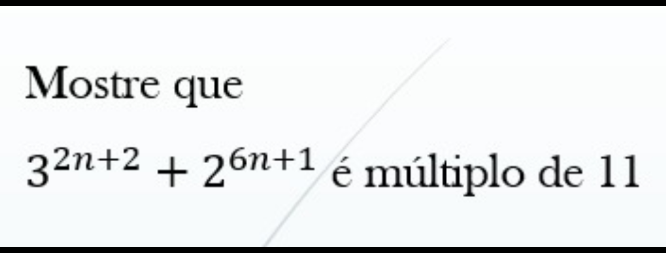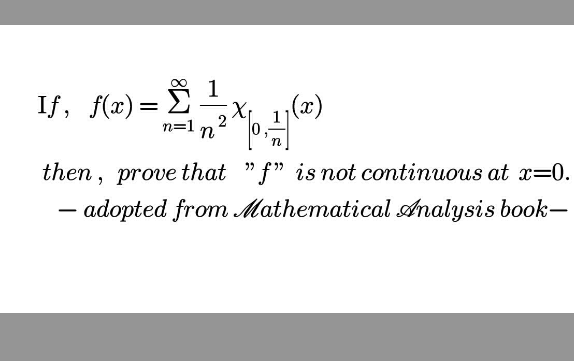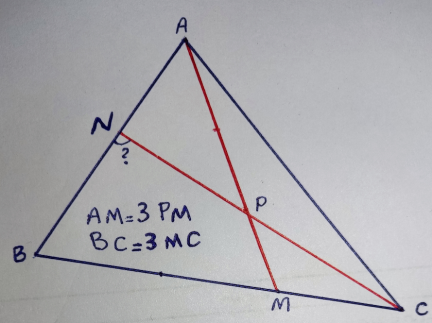
AllQuestion and Answers: Page 532
Question Number 166403 Answers: 1 Comments: 1
Question Number 166402 Answers: 1 Comments: 0
Question Number 166400 Answers: 0 Comments: 0
Question Number 166398 Answers: 1 Comments: 0
Question Number 166392 Answers: 2 Comments: 0

Question Number 166391 Answers: 2 Comments: 0
Question Number 166379 Answers: 1 Comments: 0
Question Number 166377 Answers: 1 Comments: 0
Question Number 166376 Answers: 0 Comments: 0

Question Number 166378 Answers: 1 Comments: 0
Question Number 166373 Answers: 0 Comments: 0
Question Number 166371 Answers: 0 Comments: 2

Question Number 166372 Answers: 3 Comments: 0

Question Number 166360 Answers: 1 Comments: 0
Question Number 166358 Answers: 1 Comments: 0

Question Number 166350 Answers: 1 Comments: 1

Question Number 166331 Answers: 2 Comments: 1
Question Number 166321 Answers: 1 Comments: 0

Question Number 166320 Answers: 1 Comments: 0
Question Number 166319 Answers: 1 Comments: 2

Question Number 166318 Answers: 0 Comments: 0

Question Number 166346 Answers: 1 Comments: 1
$$\int\frac{{dx}}{\mathrm{1}+\sqrt{{x}}+\sqrt{\mathrm{1}+{x}}} \\ $$
Question Number 166307 Answers: 1 Comments: 0
Question Number 166296 Answers: 0 Comments: 2
Question Number 166294 Answers: 0 Comments: 5
Question Number 166291 Answers: 1 Comments: 0
Pg 527 Pg 528 Pg 529 Pg 530 Pg 531 Pg 532 Pg 533 Pg 534 Pg 535 Pg 536
